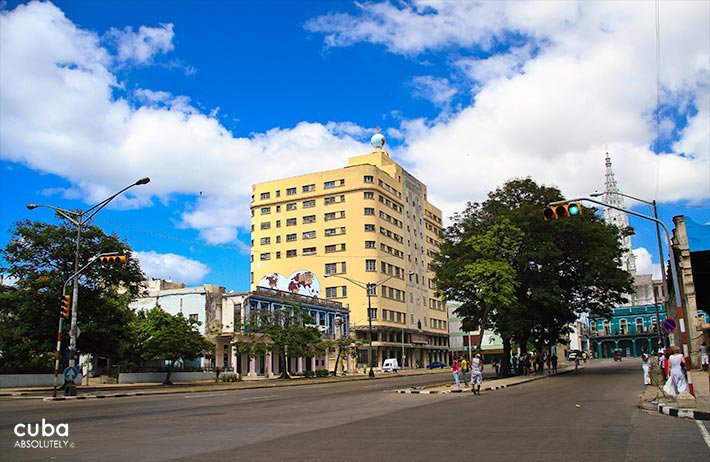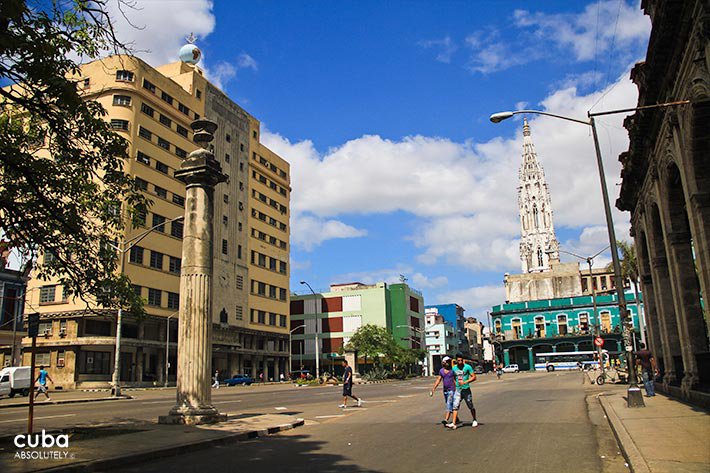This building of imposing image is an example of conventionalism at a time when the architectural avant-garde had already paved the way for new, bolder ideas. From that premise, however, this construction is notable due to its design and balance between horizontal and vertical elements, with two vast pilasters and a tower, crowned with a globe topped by the Freemasonry symbol. The lobby features a sculpture of Juan José Sucre and a mural painting by Manuel Mesa.

Museo de Orfebrería LH  1
1
The museum displays a collection of silver walking sticks, swords and other items of metalwork by Cuban silversmiths from the 15th-20th centuries. Especially interesting are the pieces from the coloni …

Compañía Cubana de Electricidad LH  1
1
Made with reinforced concrete and constructed entirely as an office building, it now houses the Ministerio de la Industria Básica (Ministry of Basic Industry). Rich materials such as marble, granite, …
 ModernCarlos III (Avenida Salvador Allende) #606 entre Oquendo y Soledad
ModernCarlos III (Avenida Salvador Allende) #606 entre Oquendo y Soledad 
Muelle de Luz-Ferry a Regla LH  1
1
This tiny ferry dock takes its name from Calle Luz, a nearby street. Somewhat battered passenger ferries shuttle across the bay to and from Regla and Casablanca, every 10-15 minutes or so.

Unión Árabe de Cuba LH  1
1
This is the venue of the Unión Árabe de Cuba, which represents around 50,000 Arab descendants from all over the country. It has a small art gallery which features Arab-influenced art and ceramics.

Apartment building LH  1
1
Constructed on piles–a solution that is essentially in the style of Le Corbusier, which apart from transmitting a sort of lightness to the building, makes the corner lose its traditional compactness; …
 Modern23 y 26
Modern23 y 26 
Palacio del Segundo Cabo
In 1770 the Spanish Crown decided to construct a building next to the Castillo de la Real Fuerza on the north side of the Plaza de Armas to serve as the Royal Post Office, responsible for all postal c …
 BaroqueAdmission: n-aO’Reilly #4, esq. a Cuba, Habana Vieja
BaroqueAdmission: n-aO’Reilly #4, esq. a Cuba, Habana Vieja 


